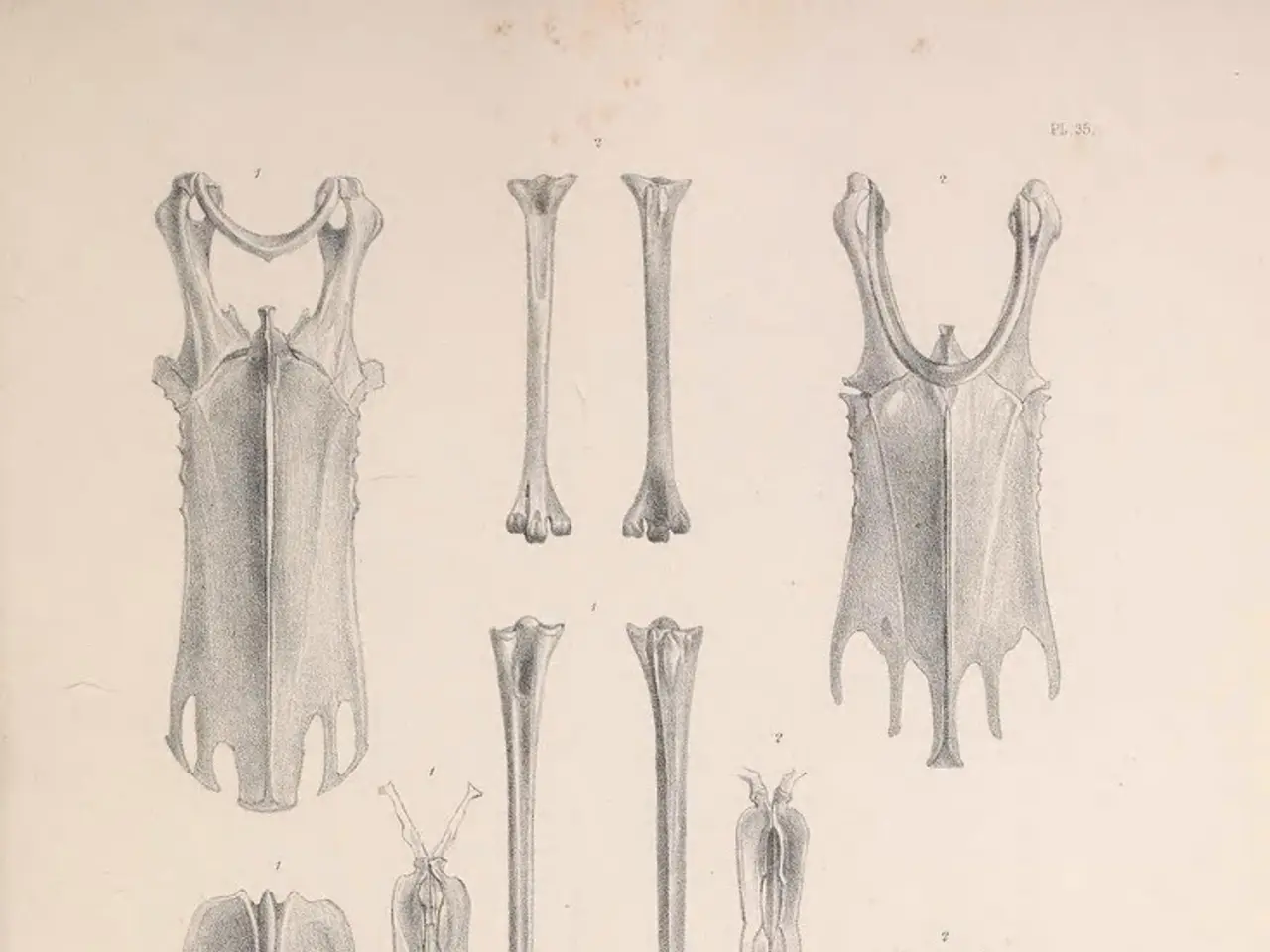Number of Cell Types and Composition of the Human Body at Cellular Level
In the intricate world of human biology, cells are the fundamental building blocks of life. Recent studies have shed light on the vast array of cell types that exist within our bodies, challenging the long-held belief of approximately 200 distinct cell types.
The human body, it seems, is home to a rich landscape of cell subtypes and transcriptional states, far exceeding the traditional number of 200. These cell types range from epithelial cells, fibroblasts, macrophages, T cells, B cells, and myeloid cells, each with their unique gene expression, function, and microenvironment.
For instance, immune cells, such as T cells and B cells, are further subdivided into multiple subtypes. T cells comprise at least 10 subsets, including CD4+, CD8+, and natural killer (NK) T cells, each with differing roles in immunity and tissue-specific functions. B cells, on the other hand, have at least 4 subtypes distinguished by their developmental states and functional profiles. Myeloid cells show at least 14 distinct subpopulations, each with specialized roles.
Fibroblasts, essential components of connective tissue, also exhibit diversity, with at least 3 distinct subpopulations. These include those resembling cancer-associated fibroblasts (CAFs) and antigen-presenting CAFs marked by MHC-II expression.
The complexity doesn't end with these examples. Analysis of cardiac tissue revealed about 10 major cardiac cell types with 71 distinct transcriptional states, indicating substantial subtype complexity within one organ.
Advanced integration efforts, such as a human skin cell atlas, continue to map cell types and their states at deeper resolution, distinguishing cell states and functional plasticity within lineages. These studies are paving the way for a more comprehensive understanding of human cell biology.
White blood cells, or leukocytes, play crucial roles in the immune system. Agranulocytes, a subset of white blood cells, include monocytes, which circulate for 1 to 3 days before differentiating into macrophages or dendritic cells. The lifespan of other granulocytes, such as basophils, neutrophils, and eosinophils, varies, with neutrophils having a lifespan of 7 hours to 5.4 days and eosinophils circulating for 8 to 12 days.
Red blood cells, or erythrocytes, have an approximate count of 25 trillion and a lifespan of 120 days. The production of red blood cells is approximately 2 million new cells every second through erythropoiesis.
Platelets, another essential component of the blood, have a lifespan of 7 to 10 days and are produced at a rate of approximately 150 billion daily.
The human body contains approximately 330 billion cells daily, with the average adult male having an estimated 36 trillion cells and the average adult female having an estimated 28 trillion cells. The variability in cell count is influenced by factors such as body size, composition, and overall health.
Interestingly, neurons, the cells responsible for transmitting electrical signals in the body, generally do not regenerate. However, some brain regions can produce new neurons throughout life, a process known as neurogenesis.
Ongoing research like the Human Cell Atlas suggests the existence of thousands of subtypes yet to be fully classified, expanding our understanding of human cell biology and paving the way for potential breakthroughs in medicine and healthcare.
In this intricate world of human biology, scientific exploration has unveiled that immune cells, such as T cells and B cells, are combined with numerous subtypes,venturing beyond the traditional 200 believed cell types. Furthermore, a human skin cell atlas, part of the health-and-wellness sector, is continuing to delve into cell types and their states, potentially discovering thousands more subtypes, thus expanding our comprehension of human cell biology.




